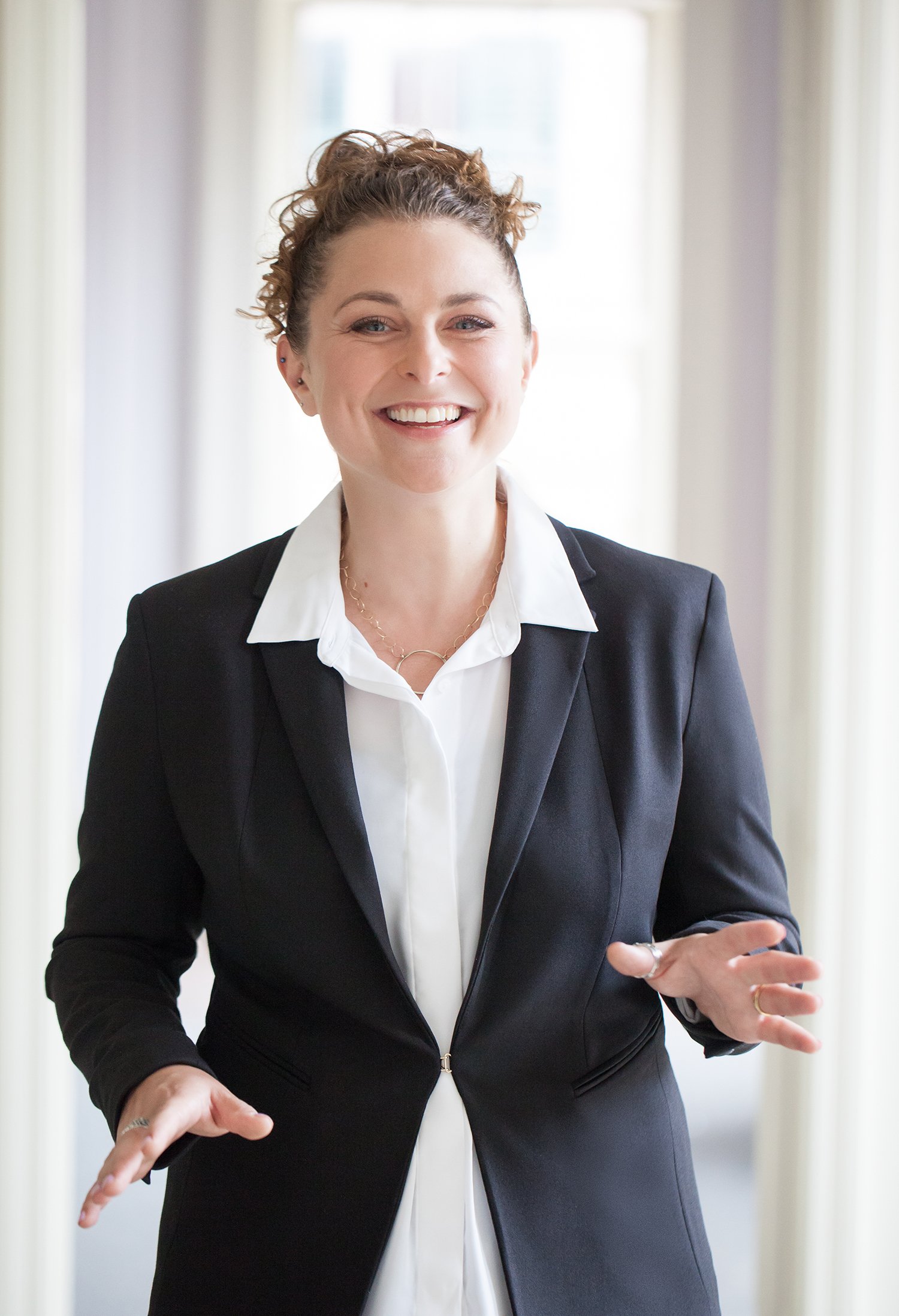
From fabricators to mummy conservators to private collection managers, the art world is full of fascinating jobs you may not have realized even existed. In artnet News’s column “My Art Job,” we delve into these enviable art-world occupations, asking insiders to share their career path and advice for others who wish to follow in their footsteps.
This week, we spoke with Tedi Asher, the neuroscience researcher at the Peabody Essex Museum (PEM) in Salem, Massachusetts. The position, a ten-month appointment funded by the Barr Foundation, is the first at a US art museum in the field of neuroscience.
Education: A bachelor’s degree in biology from Swarthmore College and a Ph.D. from Harvard Medical School’s Biological and Biomedical Sciences program
How I got the job I have now: I wish it were a more interesting story. I was a post-doc at Harvard Medical School and I was job hunting. I was on the list serve for the neurobiology lab and they sent out the job posting for the PEM neuroscience researcher position. That’s how I found out about the job and applied.
How neuroscience fits in at an art museum: The basic idea of this position is to see whether we can use findings generated in the field of neuroscience research to inform the process of exhibition design in the museum.
I’m researching a broad array of topics, including attention and how its allocated in places like museums; spacial navigation and how we make our way through new spaces; and the structure of the visual system and how that biological structure influences the nature of our perceptions.
My goal is to really just to create better and better experiences for our visitors, and enhance the way they view art at the museum.
What makes my job unique: A lot of museums are interested in understanding the nature of human experience and the experience of art from a scientific perspective, but as far as I know there aren’t any other museum neuroscientists on staff! The people here are incredibly creative and have great ideas, which makes it a great environment to explore these issues.
How I got my start: My parents both worked for the National Institutes for Mental Health. I sort of grew up in a culture of neuroscience, but I didn’t really consider it as applying directly to me until college. My freshman year, I took an introductory biology class, and there was a unit on neurobiology. I kind of fell in love with the topic, so I asked the professor at Swarthmore’s only neurobiology lab if I could work in her lab.
After college, I studied immunology for four years. I eventually realized that all of my scientific questions kind of pertained to the brain, so I decided to go back to neuroscience.
How I transitioned to the art world: Art is totally new to me! I grew up in the Washington, DC, area, so I grew up going to museums, but I had never really thought about working in a museum before. I had accepted as a premise that the experiences like the ones that we have in museums are a product of our brain function, but I never thought about exploring that explicitly.
Although there wasn’t an expectation of my knowledge of art or the art world, I have devoted a lot of time to meeting with curators and exhibition designers to learn about their process. While I didn’t have to know a lot going in, I’ve had to learn a lot about what it’s like working in a museum.
A particularly rewarding part of my career: It’s amazing. It’s really fun. It stretches far beyond any expectations I might have had about my first job out of grad school, and has really broadened my horizons. I am definitely drawn to the interdisciplinary nature of the job.
My undergraduate and graduate work were both done using model organisms. So I didn’t study human neurobiology, I studied the brains of mice and flies. This opportunity gives me the chance to really dive into literature pertaining to the human brain and learn a whole new field, along with getting acquainted with the museum world and the art world.
What keeps me motivated: Two of the top things that I enjoy about my job are that I get to keep learning about science and about art.
Right now, we’re still formulating hypotheses based the research we’re doing in scientific literature. We will have to implement the ideas contained in those hypotheses in exhibitions and then evaluate how effective those strategies were. We haven’t generated our own data about the visitor experience yet.
What I actually do all day: A typical day for me involves reading scientific articles and brainstorming with my PEM colleagues about how to apply the findings drawn from those articles. I take walks through the galleries to get a feel for the spatial layout, work with the exhibition design teams using models to determine the best organization of objects in the galleries, and work to identify new approaches to exhibition evaluation.
Percentage of the day I spend sending emails: On average, I actually don’t spend that much time on email. It rarely interferes with my research time.
My most influential mentor: I played basketball a lot growing up. What I learned from my coach was to be resilient and persistent.
Advice for those interested in my job: I think my advice would span many fields. Talk to as many people as you can. People carry about this wealth of knowledge, so you stand to learn a lot from other people. I’ve found that networking is the most effective way to get anywhere in the work world.
One thing I wish I could tell my 22-year-old self: Just to try things! The risk of failure is nowhere near as powerful or as scary as the risk of missed opportunities, so just dive into the world.